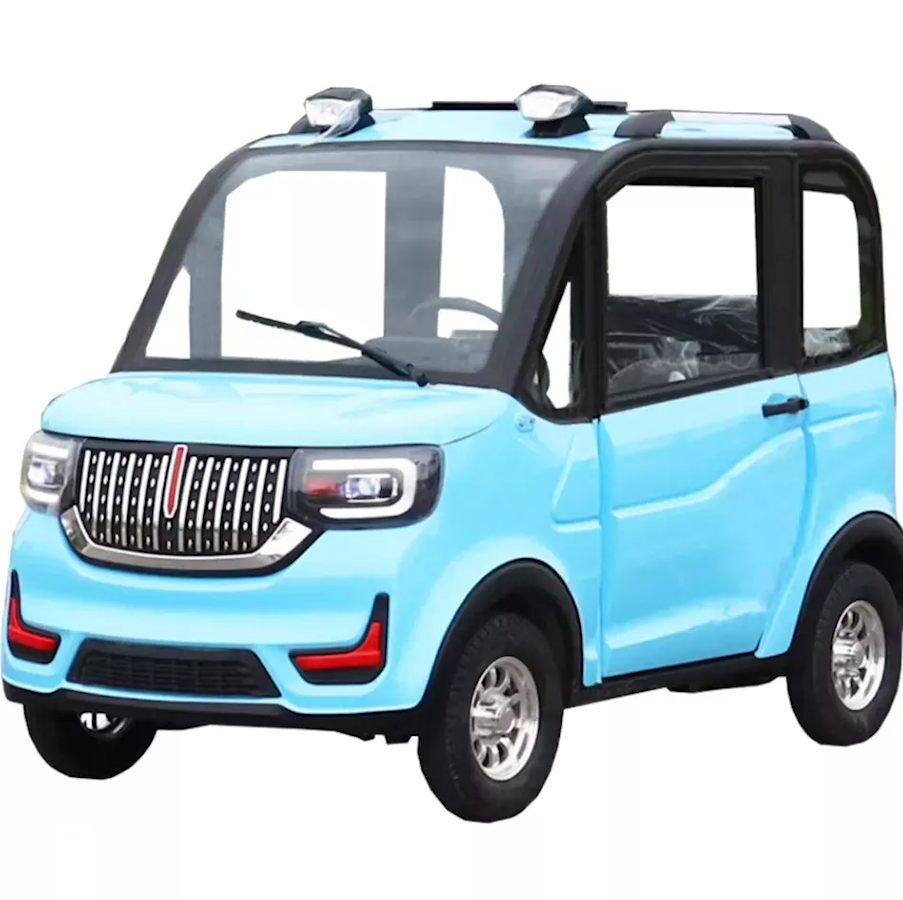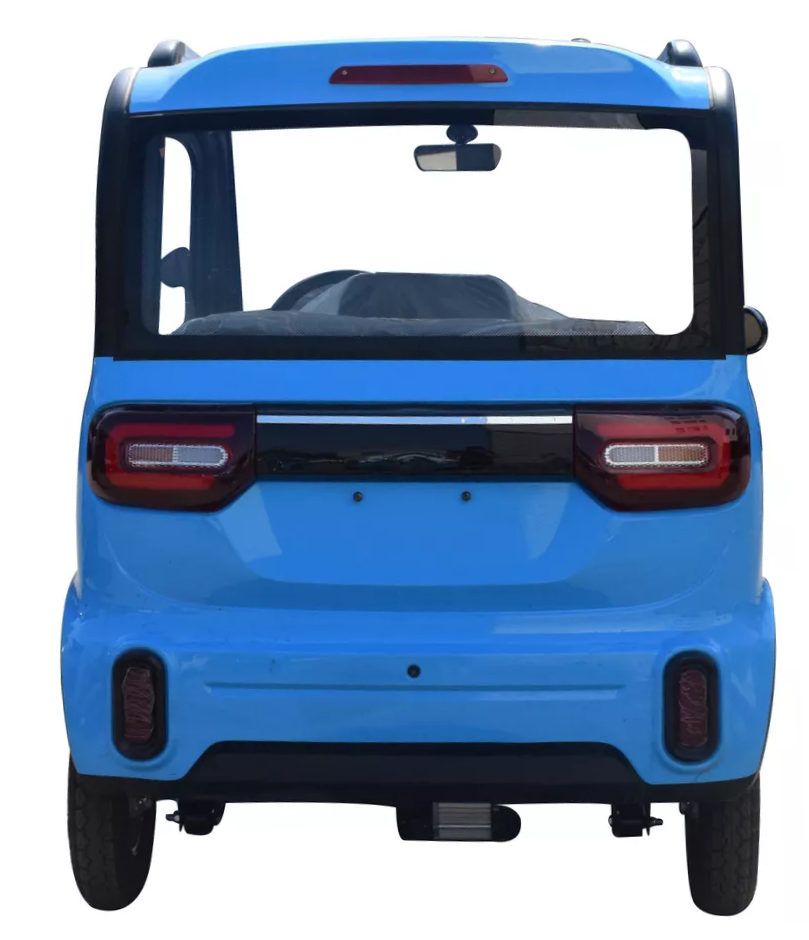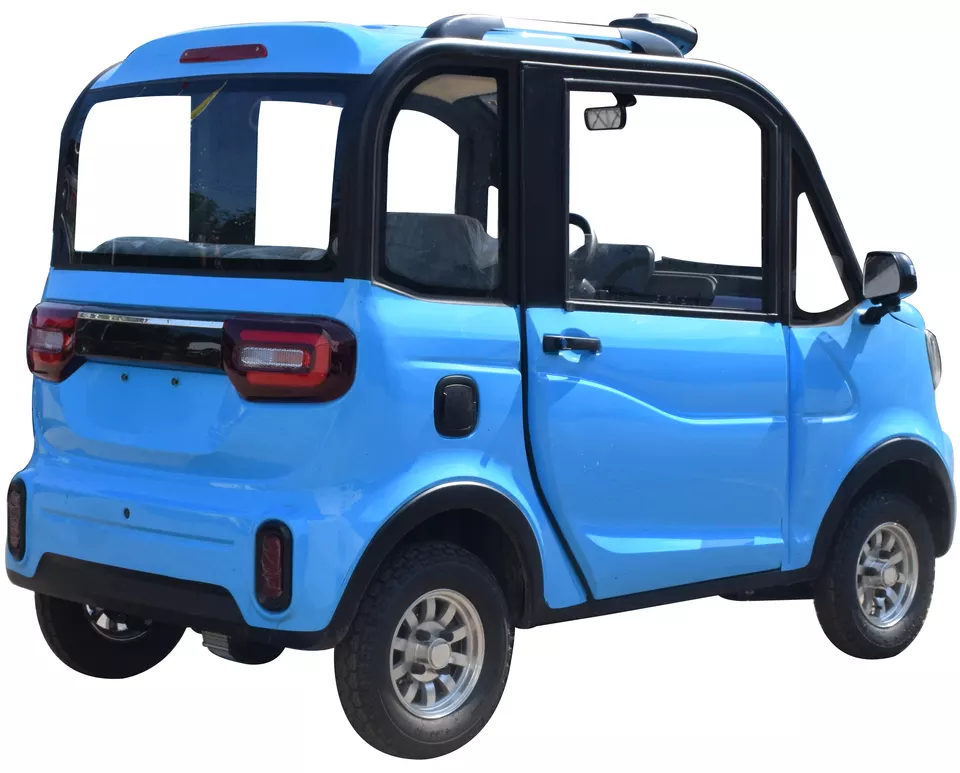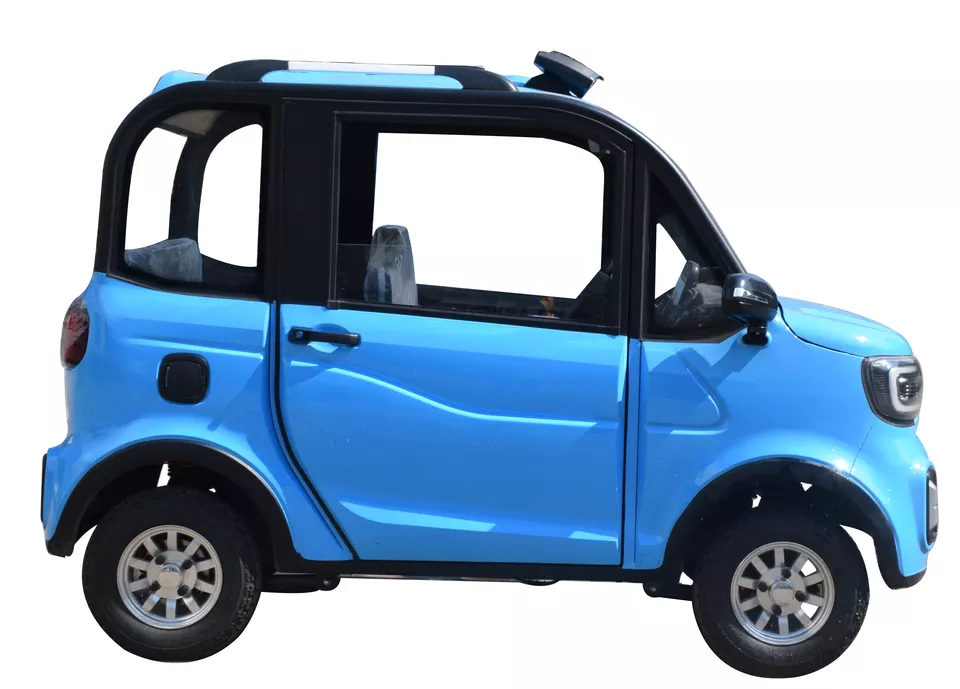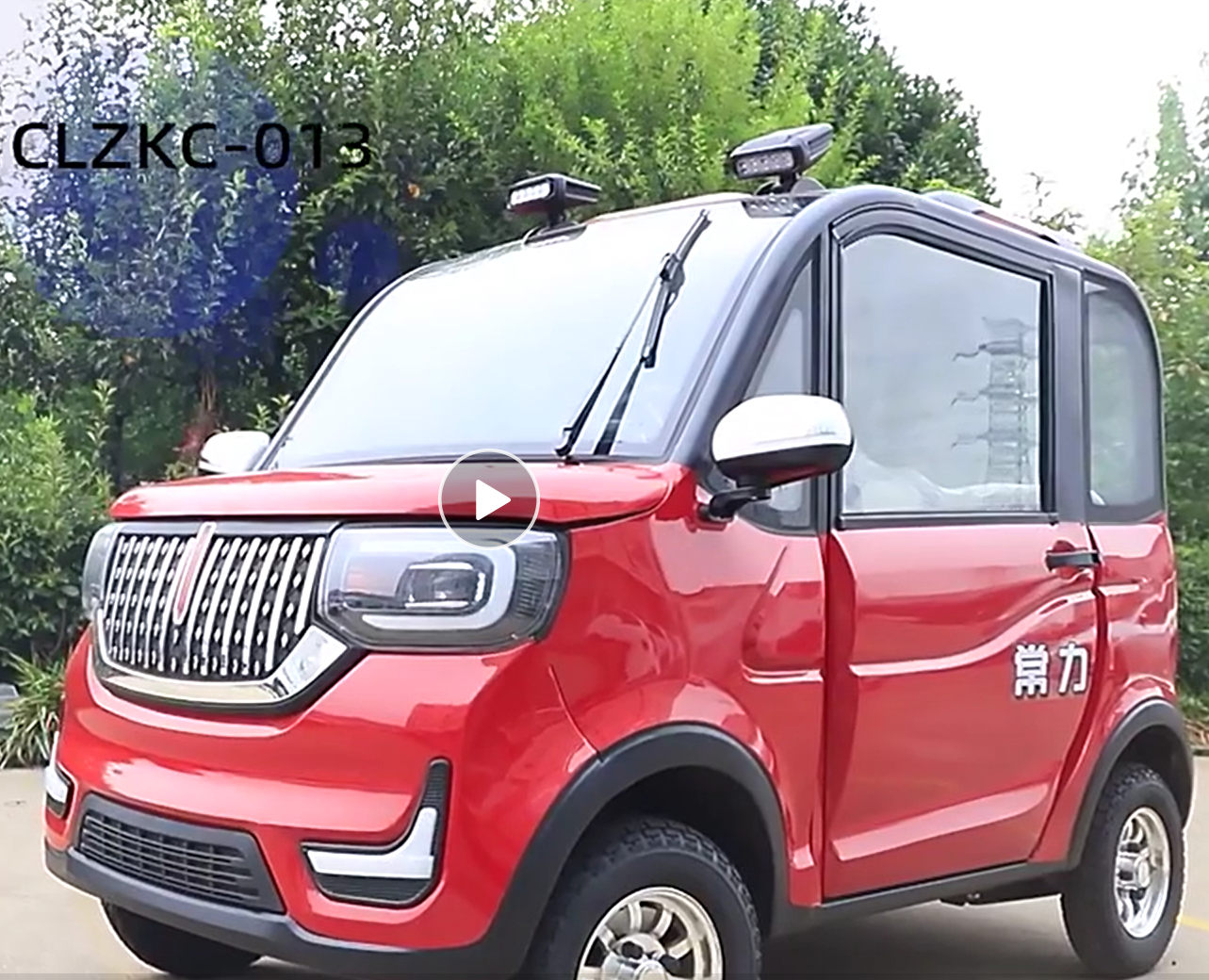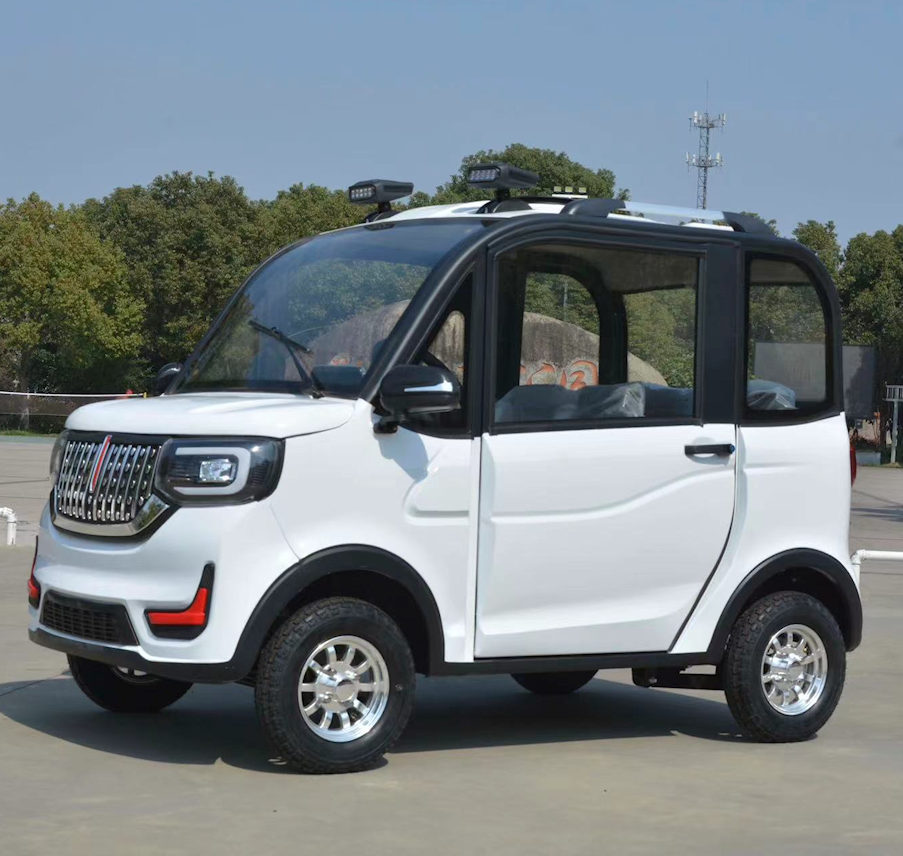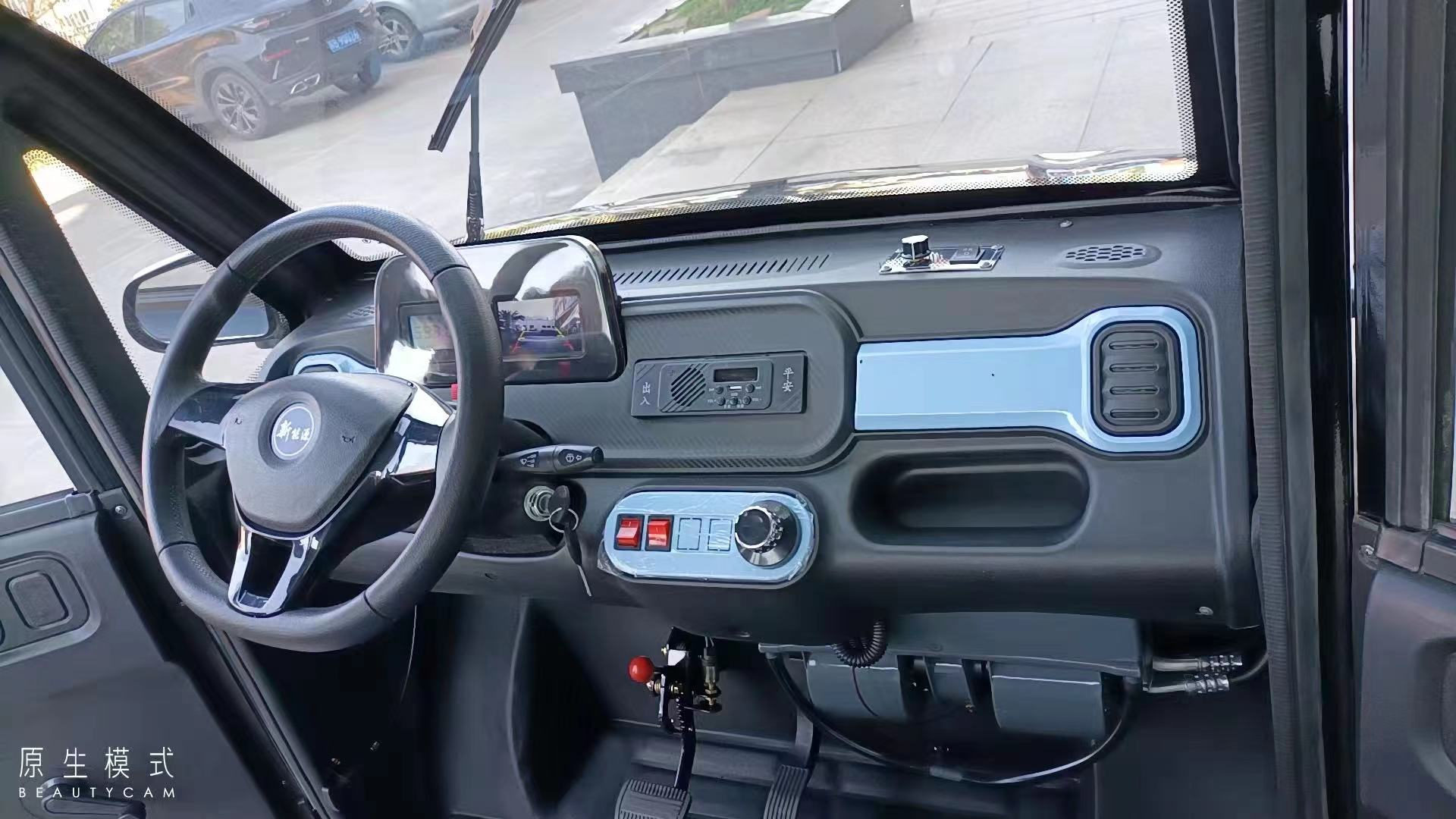LIBERATOR
$10,990.00 Original price was: $10,990.00.$9,999.00Current price is: $9,999.00.
LIBERATOR is a 4 Seat Mini Electric Vehicle, a Mini EV.
Top speed 30 kph, with load Capacity of 300 kg, and able to climb 20+ degree slopes !
Thanks to the two speed differential.
This version of Liberator has been upgraded to have a 60V 1500W motor and a 60V 50Ah Lithium battery rated at (ISO) 75 km travel.
Description
LIBERATOR is the cheapest four seat electric car in Australia ! A Mini EV.
LIBERATOR is a variant, upgraded to be the best in performance and most stylish.
This version of Liberator has been upgraded to have a 60V 1500W motor and a 60V 50Ah Lithium battery rated at (ISO) 75 km travel.
LIBERATOR is a 4 Seat Mini-EV, Mini Electric Vehicle, top speed 30 kph, with load Capacity of 300 kg, and able to climb 20+ degree slopes !
Thanks to its’ two speed differential. Liberator’s effective range is about 45-50km.
Maintenance is minimal, but do not neglect at least a yearly or 1000 km service, and change the differential oil with 250ml SAE80W-90 Gear Oil.
NOTE : For relevant FAQ’s, check below, much essential information.
Note : This is a Mini EV, a small electric vehicle / car, not a mobility scooter or a motor vehicle. It is not approved for use on Australian Public Roads, and cannot be used on footpaths. It is however suitable for use on private property and will find favour on large rural properties, and private businesses with private roads, industrial estates, as a runabout and in Retirement Villages, Resorts, large business places and the like. No license or registration is required. Far better than a golf buggy !
Features & Specifications
FEATURES:
Steering wheel LHD, easy to use controls, heater with demister, roof window with powered air flow, good rear vision mirrors, internal rear view mirror, reversing camera, window wiper, spacious interior, comfortable front sofa seat, front seat belt, seats four people, aluminium alloy rims with large 17″ wheels, large tyres, four disk brakes, four wheel integral suspension, 2 speed gear differential for low speed and climbing, easy foot brake and throttle function, hand brake, luggage rack, roof spot lights, high efficiency low power consumption strong electric motor, long lasting Lithium battery.
Manufactured under ISO 9001 standards and attained CCC certifications that meets all worldwide manufacturing requirements and standards for small electric cars | Mini EVs.
SPECIFICATIONS
Manufacturer: Xili Vehicle Co
Make / Model: CLZKC-013
Certification: CCC / ISO 9001
Dimensions: 240 x 130 x 163 cm
Weight: 280 kg
Weight Battery: 25 kg
Weight Capacity: 300 kg
Maximum Speed: 30 km / hr
Maximum Range *: Up to 80 km (in ideal conditions)
Typical Range *: up to 45 km
Climbing ability: 20+° 36%
Brakes: Hydraulic Disk all Wheels
Hand Brake: Yes
Tyres: 400-10
Body: Two door, four seats
Motor: 60V DC 1500Watt Brushless
Batteries: 60V 50Ah Lithium (80Ah available)
Other: Aluminium wheels, reversing camera, heater, demister, independent suspension, disk brakes, powered roof vent, rear opening window, roof bars, roof spot lights.
Certificates for all vehicle manufacturing requirements, based on International standards.
* Varies with user weight, terrain type, driving style, battery charge, battery condition, temperature, and tyre / wheel type and condition. Information taken from manufacturers specifications.
NOTE: For relevant FAQ’s, check below, much essential information
LIBERATOR Motor and Battery Combination
LIBERATOR has been upgraded to have a Motor and Lithium Battery combination giving exceptional performance and cost efficiency in operation.
LIBERATOR has a 60V DC 1500 Watt economical Brushless Motor with a two speed differential, making steep climbs a breeze.
LIBERATOR has a 60V 50Ah Lithium battery rated at (ISO) 75 km travel.
This Lithium battery is so much better than the standard Lead Acid Battery, in many ways, not limited to, but including performance and overall driving cost.
In practice depending on driving style, terrain, load, speed etc, you will get up to 45 km distance. You may get more but remember Lithium batteries have a short end phase in their power supply, so run out quickly.
While driving, when the voltage displayed drops to 57.5V, it is time to recharge the battery. This is when the resting Voltage is 61.5 Volt.
These batteries are rated at 500+ charging cycles.
So, say 40 km x 500 cycles = 20,000 km.
The cost to run a Liberator is 1.3 cent/km for electricity, and about 13 cents/km for the battery.
Please note, this information is as per this particular type of Lithium battery and is not what you may know or be told about other types of Lithium batteries.
FAQ's
Does a Liberator need to be registered?
In Australia you do not register your Liberator.
Can I drive my Liberator on a public road?
You may not drive your liberator on a public road. It is only suitable for private road, such as farms, industrial estates, resorts or retirement villages.
How often should I charge my Liberator?
It is best to charge when the battery is down to no less than 20% charge (SOC). This is after around 40-45 km driving, depending on several driving factors.
When the voltage drops to about 57.5 volts while driving on the flat hard ground, it is time to recharge. When the resting Voltage (when you first turn the key on) drops to 59V it must be charged.
When charged, disconnect the charger and use your Liberator as soon as possible, the next day is ok, to use some of the top charge in the battery, as the special Lithium battery prefers not to be left fully charged.
When in storage, the Lithium battery should be at approximately 62-63 V, half full, or half empty, and make sure the LEMS’s Power / Overload switch is OFF, so there is no chance of accidentally drawing current from the stored battery.
If the battery goes below 49 volts, the BMS (battery management system) will switch off to protect the battery, and the battery will have to be returned to Ronica Trade to try and remedy the situation. There is a 250.00 fee (if successful) to attempt the resurrection, and no guarantees. So check your battery charge monthly!
What is the average life of a Liberator battery?
The Liberator lithium battery lasts around 500+ full cycles. To ensure the battery lasts as long as possible, follow the charging instructions as in the previous question. Design life is 800 cycles.
Why is a Lithium battery so much better than a Lead-Acid battery?
Firstly, the voltage platform is higher for a Lithium battery, and thus there is more power produced by the motor, and more consistently.
Secondly, the power available (power density) is much greater, making the battery much lighter, and thirdly the power is able to be delivered faster, and more completely.
Lastly, the ideal temperature for all batteries is 25 C. Temperature limits are, for Lead Acid 0-+35 C, for the Liberator battery it is -20-+45 C. Temperatures over 35 C damage lead acid batteries.
What is the running cost of a Liberator?
The electric power cost for the Liberator is approximately 1.5 cents/km.
As in all electric mobility devices, it is the cost of the battery that is the expensive part.
The total running cost of a Liberator is about 15 cent/km plus any servicing.
Can I use other batteries in my Liberator?
You could use another type of battery in the Liberator, but the type installed from new is by far the best for the job, as explained in the answers above.
We recommend to only install the correct battery available from your dealer or directly from Mobility Scooters for Hire Sale Service.
What is the service schedule for Liberator?
Liberator requires a service every year or 1000km. Change the differential oil with 250ml SAE 80W-90 gear oil. Oil and use WD40 spray on all joints and moving parts. Wash with running water and a very soft cloth or brush, and wipe as required with a damp soft cloth. Do not use detergents or other cleaners, they are not required. Never wipe in a dry condition, as the dust and sand will scratch surfaces.
What is the correct way to connect the power to the charger?
Operation Instructions :
Connect outlet plug of the charger to the Liberator.
Connect the inlet plug of the charger to AC power socket, and when or if connected, turn the power switch on.
When the indicator light is RED it is charging (sometimes this maybe flashing at around one second intervals). When GREEN it is fully charged.
Charging time is proportional to the power required to fully charge the battery, and that is what was used since the last charging.
To disconnect the charger, turn off or remove the charger input plug from the AC power supply.
Remove the charger outlet plug from the Liberator.
Notes :
Do not use outside in the sun, rain or damp
Do not use in dusty conditions
Do not place on inflammable materials
Do not drop
Ensure the correct charger is used for correct battery type and capacity.
Some chargers have different colour light sequences, please check and note when first using.
